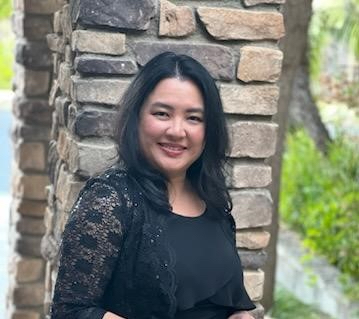“Deadpool & Wolverine” Sound Designers on the Splatter-and-Slash Acoustics of a Honda Odyssey Brawl
In our last conversation about Shawn Levy’s Deadpool & Wolverine, sound designers Craig Henighan and Ryan Cole discussed the hilarious opening sequence where Ryan Reynolds’ Deadpool uses Wolverine’s adamantium claws and bones to take down some Time Variance Authority goons, all set to NSYNC’s “Bye Bye Bye,” and some sound tricks to make the adamantium hits stand out. Today, they break down the savage Honda Odyssey brawl and the stunning cameo extravaganza.
Since you both serve as Supervising Sound Editors, how did you split up the responsibilities?
Ryan Cole: I got the first cut in January 2024 and handled dialog and ADR [automated dialogue replacement] while Craig did all the temp mixes. We give each other notes and pass sequences back and forth.
Craig Henighan: I started in June 2023 while they were shooting in London and worked on the early assemblies of the opening title and the Void fight, but then we had the strikes. I handled sound effects, sound design, and re-recording mixing, and [dialogue and re-recording mixer] Lora Hirschberg also came in during the final mix. But the core team starts with Ryan and me. We’ve worked with Shawn and [editor] Dean [Zimmerman] for a long time, so we have a shorthand. If they have issues while shooting, they lean on us to see if it’s working. It’s a pretty well-oiled machine between picture and sound at this point. Some sounds that I did riffing off the cuff last June made it into the final. With the amount of music and details that go into this movie, sound and dialogue have to be the best that it can be right out of the gate.
The ultra-violent yet hilarious fight inside a real Honda Odyssey minivan is a twisted heart-to-heart between the two unlikely buddies. How did you build out that sequence?
Ryan Cole: That’s my favorite fight in the movie. It’s so clever, silly, and intense! The sound effects are practical because the fight is very choreographed, which lends itself to the nasty hits, blood, and guts. We tried to cut it as sharply and precisely as possible to syncopate the sound effects with the music, Grease’s “You’re the One That I Want.” You want to hear every line, but the song is what makes it silly and fun. That’s the last song you would put a fight scene to, but that’s why it’s perfect for Deadpool. There are a couple of The Greatest Showman Easter eggs too, while he’s slamming his head on the dash, which is pretty funny.
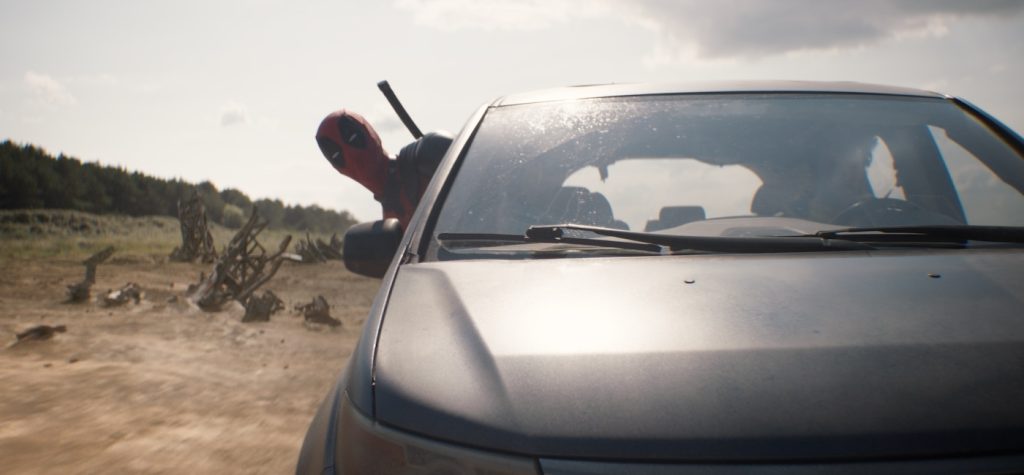
How did you make sure the dialogue and ADR weren’t lost in that messy brawl?
Ryan Cole: Production mixer Colin Nicholson miked up the car, so we had a nice base for sound and recorded ADR. Deadpool doesn’t grunt as much as Wolverine, who is the angry one and who does a lot of the stabbing. So Deadpool’s sounds are a lot more painful, whereas Wolverine does more “Grrr”s. We tried to be precise, like Craig put in seat noises for when the seat flies back. We also had a nice library of sounds from Hugh and Ryan. Hugh did a whole pass on it in ADR, even though he didn’t have to. Then, our dialogue editor, Emma Present, tightened everything up to let the effects and music sing through.
The loop group on this must have been hilarious!
Ryan Cole: Yep! I prefer to get a first cut of the entire movie before I cue anything for ADR. It was really fun because in some scenes, there are 50 cues just for all the Deadpools getting murdered. [ADR voice cast] Ashley Lambert and Ranjani Brow were a great loop group team. We had two days with 18 people on the Disney ADR stage. In the “Like a Prayer” fight against Deadpool Corps, we tried to get as many unique sounds as possible with every death on-screen and the other Deadpools running by. It sounds morbid and messed up, but it’s pretty fun to do here since it’s so cartoony and comic book. But you don’t want to hear every one, or it’d just be a scream fest. So, we took out all the loop groups and kept Ryan and Hugh, and then found the moments where your eyes are drawn to the screen for a particular death and added a sound there.
How did you maintain the humor and momentum in the Deadpool Corps “oner” so it doesn’t feel dragged out? Was Madonna’s “Like a Prayer” always intended for this sequence?
Craig Henighan: That sequence is basically a comic strip that comes to life—they get into the bus, and then blood splatters on the windows before they jump out of the bus, all shot as one continuing shot. We covered all the vocalizations with Cowboypool’s gunshots, Wolverine stabs, and Deadpool’s sword fighting. But at some point, all that became cacophonous, so we started taking stuff to get to the core of what the story was about. What do we need sonically to support everything we see on screen while still giving room for the song? The sound effects sat ever so slightly underneath the music so that you would catch the things you needed but not miss the beats that have a sound attached to them. You cover every single thing first, and then have to be disciplined enough to get rid of stuff where needed to make it fun and flow well.
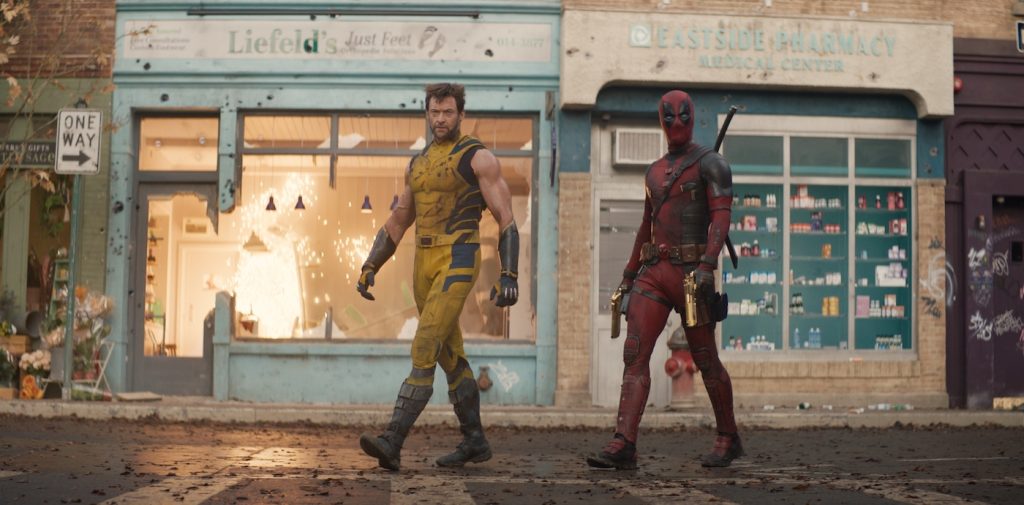
The wild cameos really thrilled fans. What went into the fights with Gambit, Blade, Elektra, and X-23 as they battled in the Void?
Ryan Cole: Each of them had a good 30 seconds doing their solo fights, so it’s about giving them their hero moment. There wasn’t a lot of dialog and ADR, but there’s a little animal call designed for each character. It’s about getting out of the way and not sounding too repetitive. You want to feel the impact when a guy goes flying by. When Blade stabs a guy, you want to feel the blade, but you also want to hear him die, which sounds morbid and messed up, but it helps to sell it. With Craig’s sound design and Rob Simonsen’s music, we gave each hero their moment.
What were some of the things that you did to accentuate Blade or Elektra’s hero moments?
Craig Henighan: Rob built a lot of space into the track, allowing the sound effects to play out, compared to if the orchestra was sort of pounding away. What’s Blade’s boomerang supposed to sound like versus Electra’s weapons? We looked at frequencies with the impacts and metallic nature of Blade’s Boomerang and Electra’s weapons, which are higher frequency compared to Deadpool’s swords or Wolverine’s claws. You only need to hear certain things at a certain time versus 100 layers of the same thing, so it’s about being selective. Since we’re mixing and editing as soon the scenes come together, we have a good roadmap of the rhythm and what they will sound like.
One of the fan favorites was Gambit, who has never been in a live-action film. What was it like to design his sonic topography?
Craig Henighan: I did a deep dive on card tricks to see what core sounds we could record. Sound designer Samson Neslund recorded more playing cards, and our Foley team, including Steve Baine, recorded other card sounds, too. Then, I put them all together to match what Gambit did as he threw and unfurled the cards.
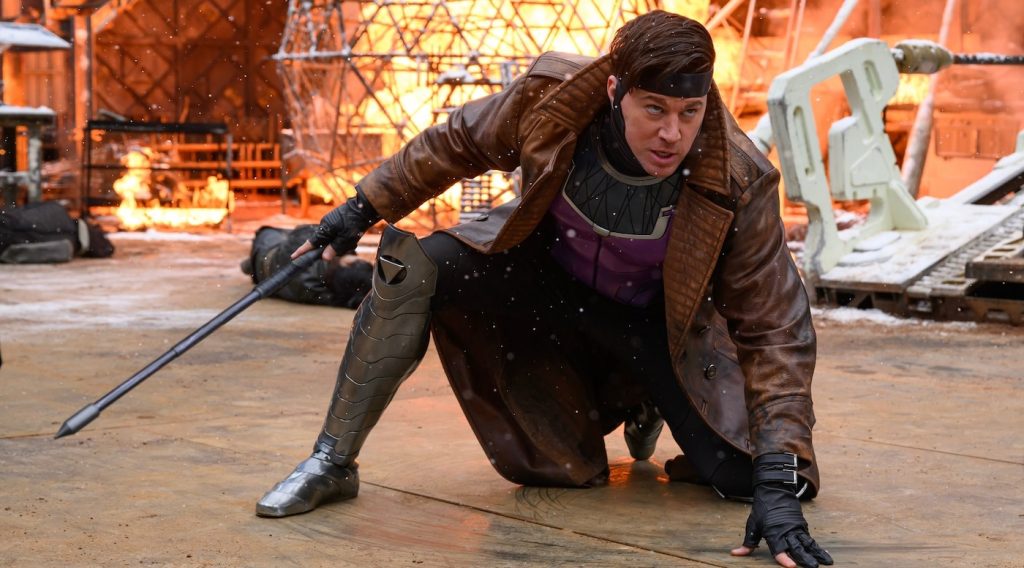
Channing Tatum’s take on Gambit is now iconic, especially with his Cajun accent. Was there a lot of ADR work on that?
Ryan Cole: There wasn’t a single line of ADR from Channing. From everything I heard and what I can tell listening to the production dailies, he came to the set as prepared as you could possibly be. I think they had more of a problem with people laughing so hard while he was doing it than they had with the accent. You can’t understand what he’s saying, but that’s kind of the joke. Overall, there wasn’t a lot of technical ADR on this film since the production recordings were good.
Craig Henighan: I’m just forever grateful to everyone on this project; everybody brought their A-game every single day. During the final mix, every little bit matters. When Ryan Reynolds was on the mix stage with us, he shot a tremendous amount of last-minute ADR with Ryan [Cole] just looking for any tweaks that could move the movie forward. All these little things come together to make a film great.
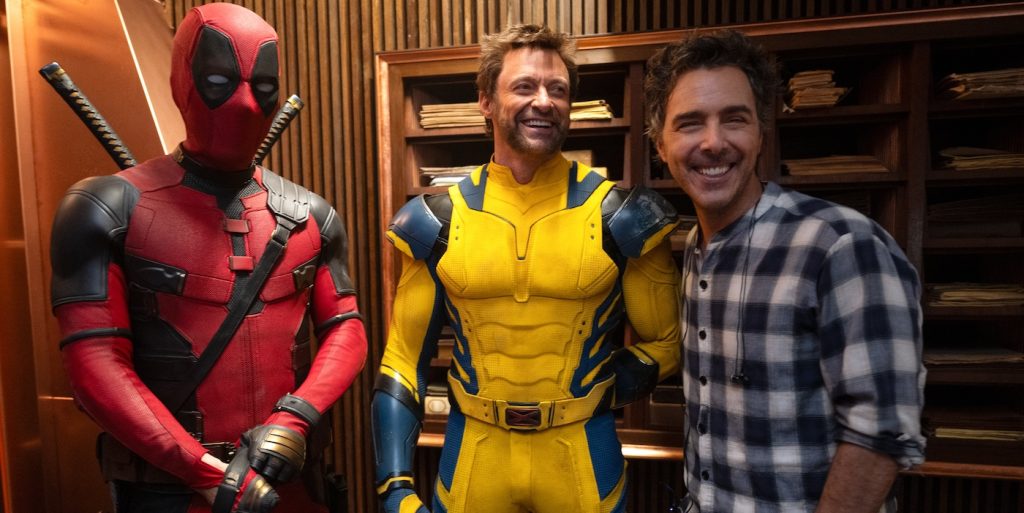
Adorned with copious amounts of bonus material, Deadpool & Wolverine is available now in 4K Ultra HD, Blu-Ray, and DVD formats, and via digital streaming.


